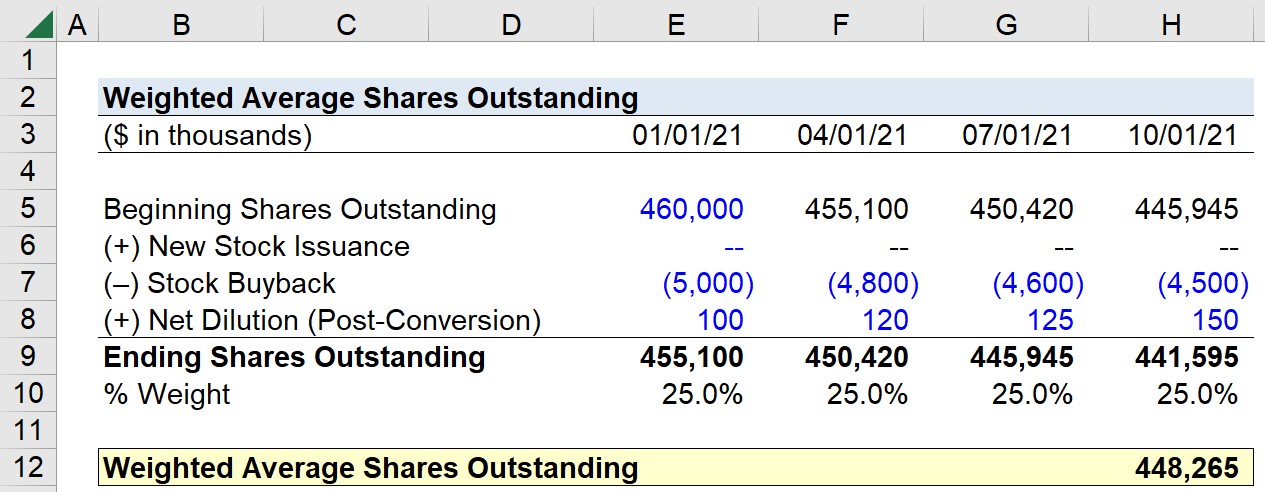

Finance
Soft Stop Order Definition
Published: January 31, 2024
Discover the definition and importance of a soft stop order in finance. Learn how this risk management tool can help you protect your investments.
(Many of the links in this article redirect to a specific reviewed product. Your purchase of these products through affiliate links helps to generate commission for LiveWell, at no extra cost. Learn more)
Stop Orders in Finance: Understanding the Soft Stop Order Definition
When it comes to managing financial investments, it’s crucial to be aware of the different types of orders available. One order that can play a vital role in protecting your investment is the Soft Stop Order. In this blog post, we will explore the Soft Stop Order definition, its benefits, and how it can be a valuable tool in your financial strategy.
Key Takeaways
- A Soft Stop Order is a type of trading order that enables investors to protect their investments by automatically selling a security when it falls below a predefined price threshold.
- Implementing Soft Stop Orders can help manage risk and limit potential losses in volatile market conditions.
A Soft Stop Order, also referred to as a “stop-loss order,” is a powerful tool that allows investors to automatically sell a security if it reaches or falls below a specific price. This type of order is commonly used to limit potential losses and manage risk in the event that the market takes an unexpected turn.
Implementing a Soft Stop Order is a simple process. You specify the price at which you want to trigger the order, commonly referred to as the “stop price.” When the security’s market price hits or falls below this threshold, the Soft Stop Order is activated, and the security is sold at the prevailing market price.
One of the primary benefits of a Soft Stop Order is its ability to protect investors from significant losses due to sudden market downturns. By setting a predefined stop price, you set a boundary beyond which you are not willing to risk your investment. This can help you stay disciplined and avoid emotionally driven decisions during periods of market volatility.
Using Soft Stop Orders can compliment your overall investment strategy by providing a safety net to automatically execute sell orders when certain price levels are breached. This can be particularly useful for long-term investors who want to limit their exposure to market downturns while still allowing for potential upside gains.
It is important to note that Soft Stop Orders are not foolproof and do not guarantee protection against losses. In fast-moving markets or during periods of extreme volatility, it is possible for the executed sell order price to be different from the stop price due to market gaps.
Conclusion
In finance, understanding the Soft Stop Order definition and how it can be utilized is essential for any investor looking to protect their investments and manage risk. By setting predefined price thresholds, investors can limit their potential losses and avoid making impulsive investment decisions. Remember to evaluate your investment strategy comprehensively and consult with a financial advisor to determine if Soft Stop Orders align with your investment goals.













